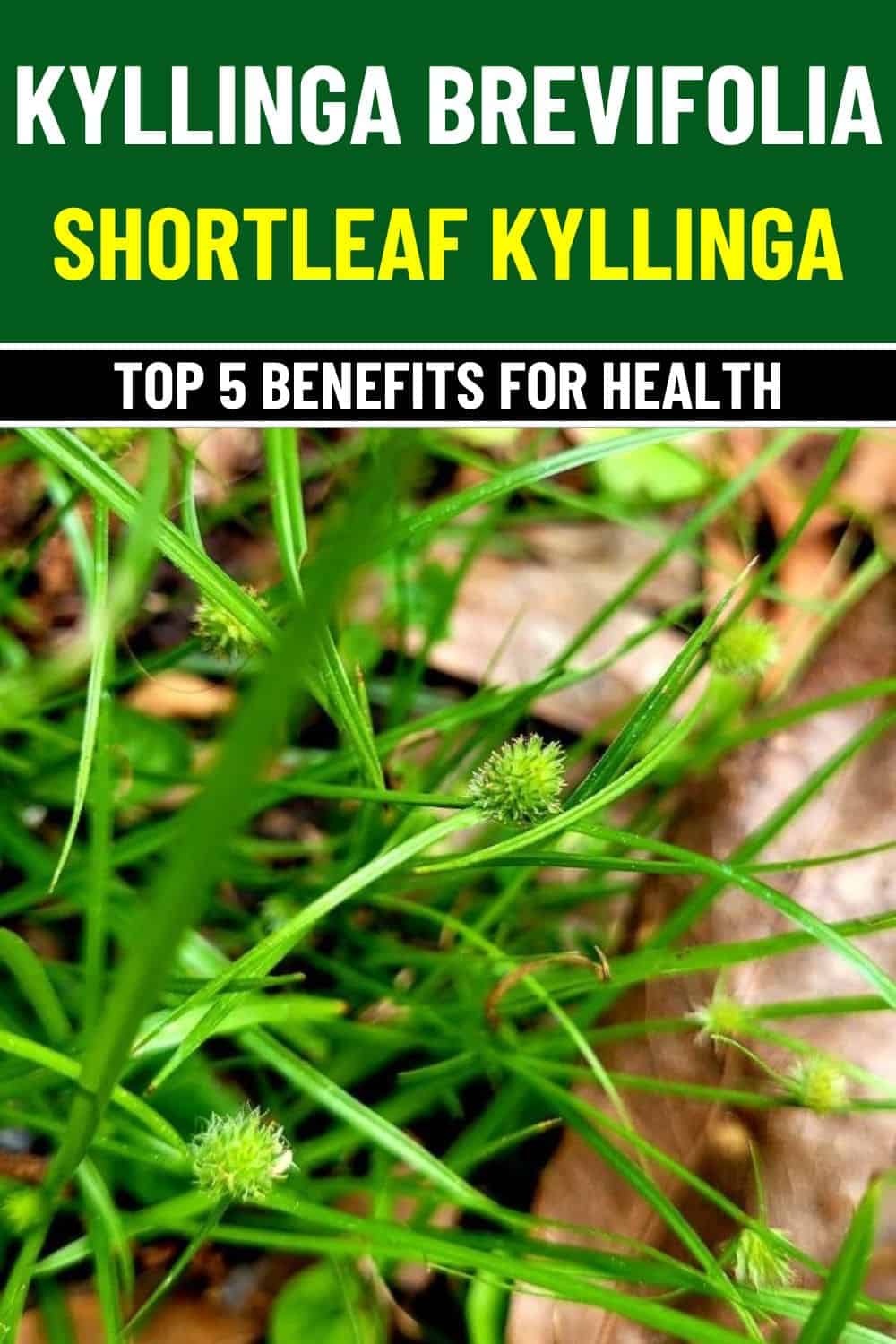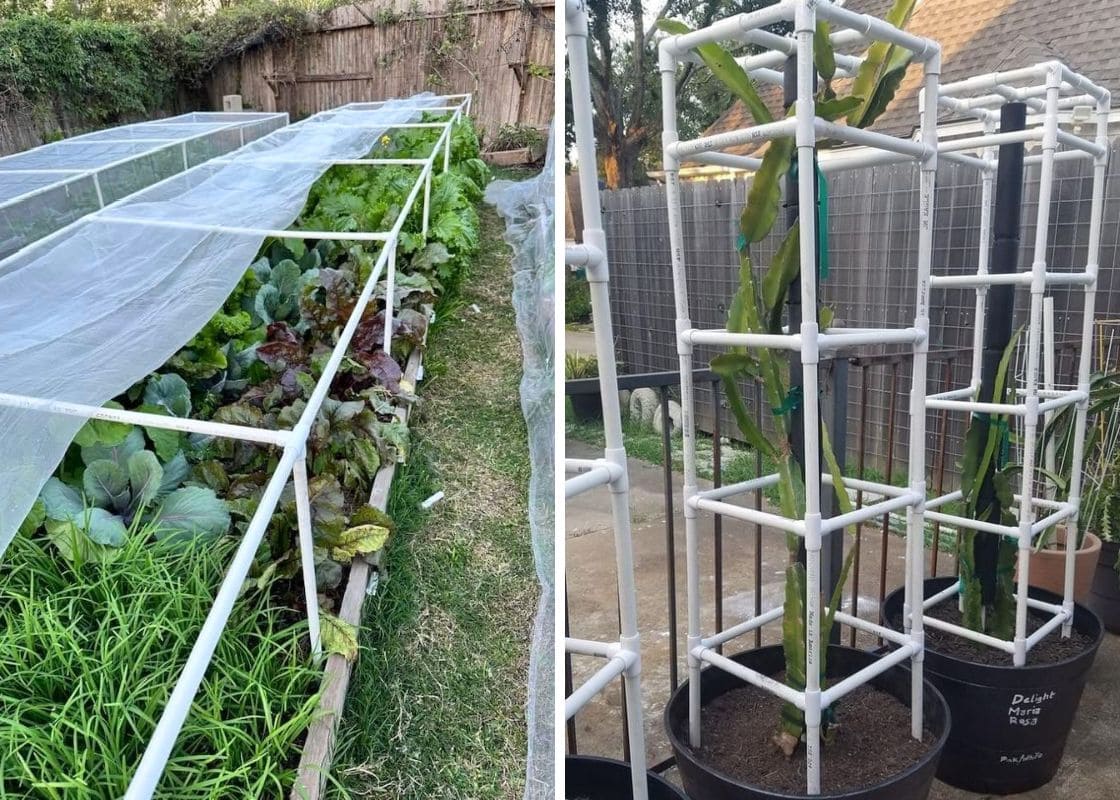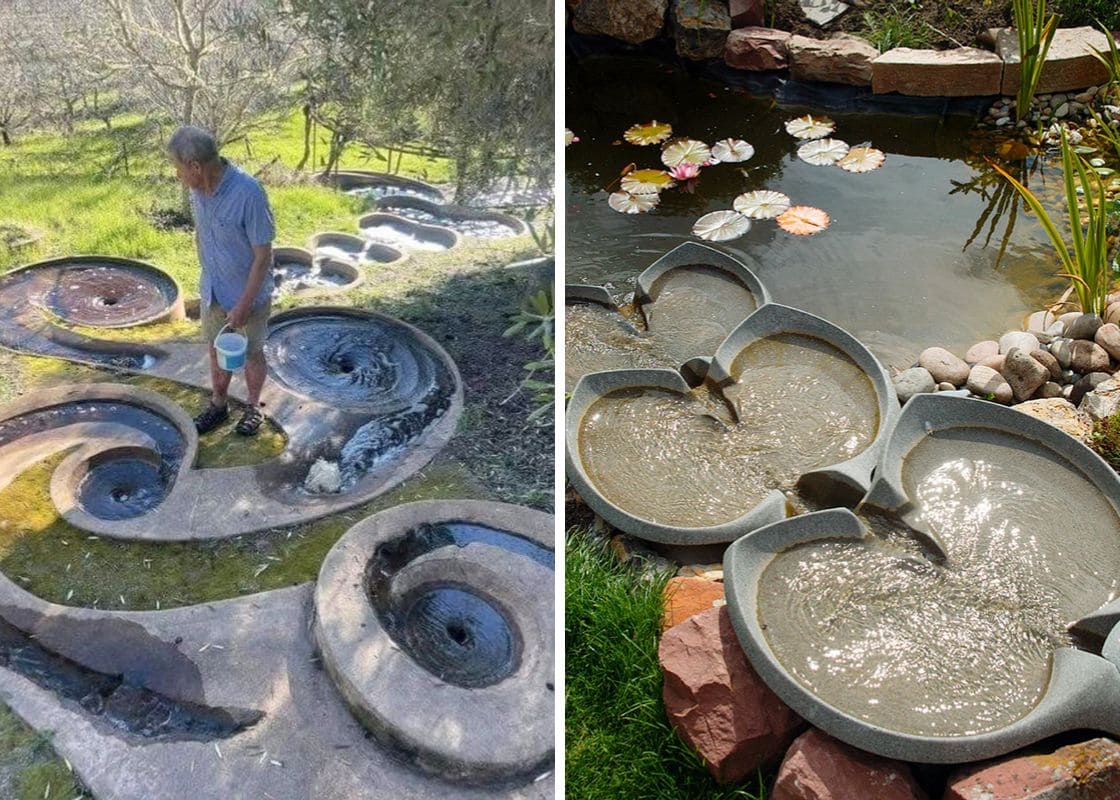Kyllinga brevifolia, commonly known as shortleaf kyllinga or short-leaf sedge, may not be a household name, but this humble herb has been used for centuries in traditional medicine for its remarkable health benefits.
Native to tropical and subtropical regions, this plant is often found in marshy areas, and its small, grass-like leaves and inconspicuous flowers belie the powerful effects it can have on your health.
While scientific research on Kyllinga brevifolia is still limited, its traditional uses highlight its potential as a natural remedy.
#1. Anti-inflammatory Properties
Inflammation is a natural response by the body to injury or infection, but when it becomes chronic, it can contribute to a variety of health problems, including joint pain, digestive issues, and skin conditions.
Kyllinga brevifolia has been traditionally used to reduce swelling and inflammation, helping to alleviate conditions like arthritis, muscle soreness, and general aches.
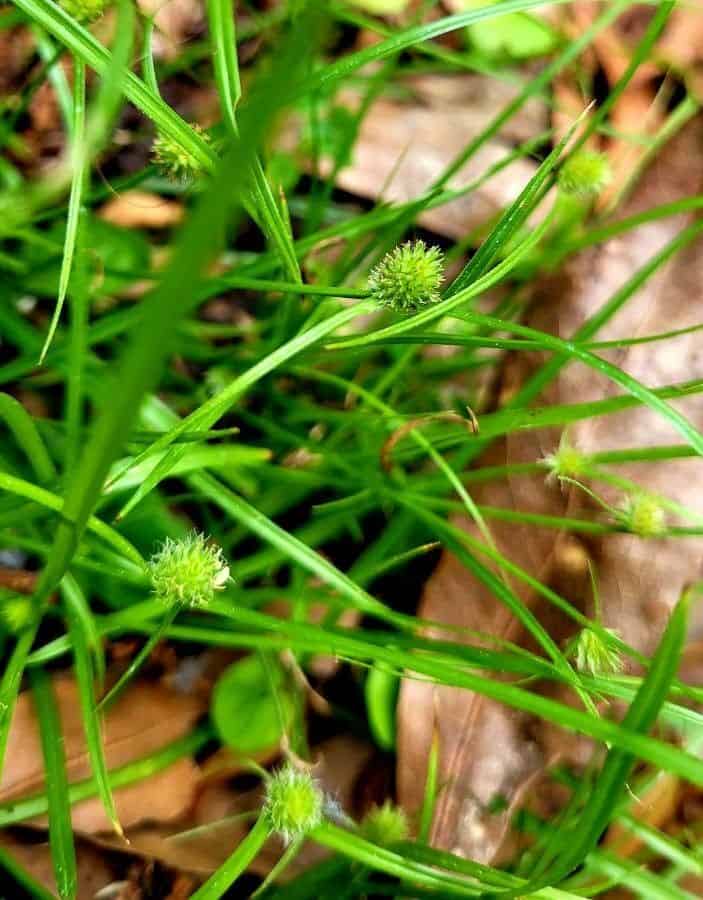
#2. Pain Relief and Analgesic Effects
In addition to reducing inflammation, Kyllinga brevifolia is also believed to have analgesic (pain-relieving) properties.
Traditional medicine practitioners have long used the plant as a remedy for minor aches and pains, including headaches and muscle tension.
The anti-inflammatory compounds in Kyllinga brevifolia work synergistically with its analgesic properties to reduce pain and discomfort, making it a potential natural alternative to over-the-counter pain medications.

#3. Potential Diuretic and Detoxifying Effects
In traditional medicine, Kyllinga brevifolia is often used as a diuretic, which means it may help promote urination.
This is important for detoxifying the body, as increased urination can help flush out toxins, excess salts, and waste products from the kidneys and urinary tract.

#4. Antioxidant Properties
Like many plants, Kyllinga brevifolia contains antioxidants, compounds that protect cells from oxidative stress caused by free radicals.
Oxidative stress is linked to aging and the development of chronic diseases, including heart disease, cancer, and neurodegenerative conditions.

#5. Skin Health and Healing
The plant’s antimicrobial and anti-inflammatory effects can help treat minor cuts, burns, and skin irritations.
Additionally, Kyllinga brevifolia is believed to help with conditions like acne, eczema, and other skin inflammations.
Applying a diluted infusion or oil of the plant to affected areas can potentially reduce irritation and promote faster healing of skin wounds or blemishes.
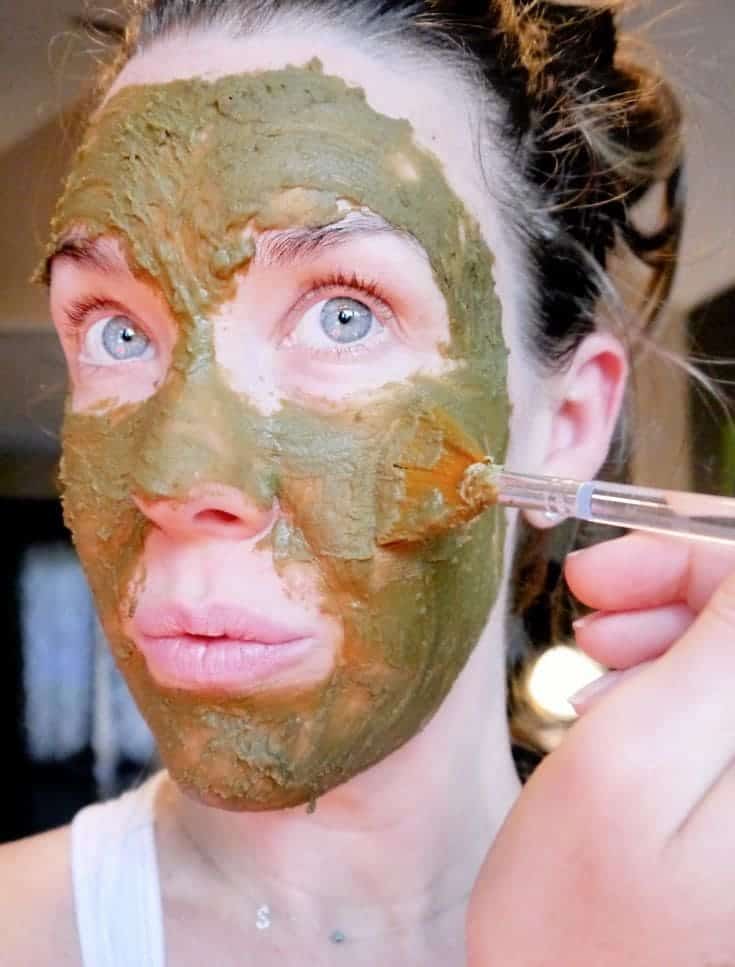
How to Use Kyllinga brevifolia for Health Benefits
Though Kyllinga brevifolia is not as commonly found in everyday wellness products, there are still a few ways to incorporate it into your routine:
- Traditional decoction: In many cultures, the plant is boiled to make a decoction, which can be consumed to reduce inflammation and ease pain.
- Topical applications: The plant’s leaves or extract can be used in the form of an oil or cream applied directly to sore muscles, skin irritations, or minor cuts and burns.
- Tea: Dried Kyllinga brevifolia can be used to make herbal tea, which may offer digestive benefits and act as a mild diuretic.
Potential Side Effects and Precautions
Some individuals may experience allergic reactions or skin irritation from topical applications of Kyllinga brevifolia extracts, so always patch test a small amount on your skin before using it extensively.
It’s important to use Kyllinga brevifolia in moderation. When using it as a tea or decoction, start with small amounts and observe how your body responds.
Disclaimer
This article is for informational purposes only and should not be used as a substitute for professional medical advice, diagnosis, or treatment.
Always consult with your healthcare provider before starting any new remedy, especially if you are pregnant, breastfeeding, or taking medications.
